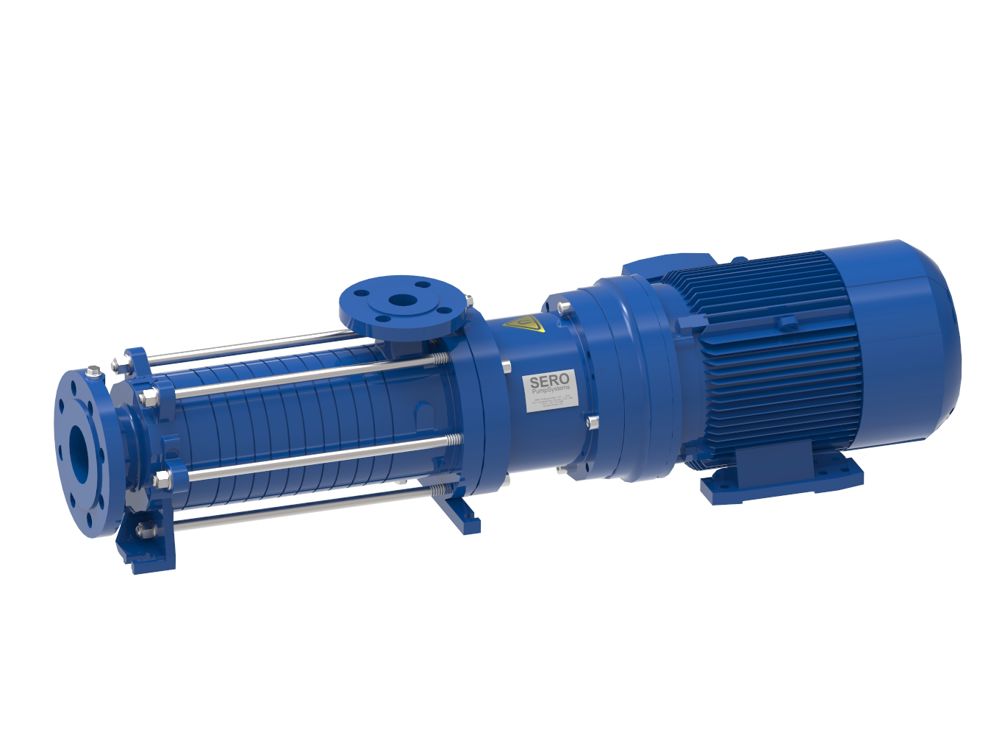Due to their special features, such as very low NPSH values, large delivery heads, low-temperature resistance down to - 60 °C or the tear-free delivery of two-phase flows with up to 50 percent gas content, CCS plant builders rely on side channel pumps from SERO PumpSystems.
Side channel pumps such as the SHP series or the SEMA-S…TT from SERO PumpSystems meet the necessary technical requirements to be used in many places along CCS infrastructure chains from capture to transport to permanent sequestration under the seabed, in rock strata or in empty oil and gas fields.

Self-priming, steep characteristic curve and large delivery head up to 1,100 m, pulsation-free delivery of liquid carbon dioxide as CO2 carrier – even when up to 50 percent gas content occurs in the liquid CO2, high speed range for a variably adjustable delivery volume, NPSH value of 0.2 m – side channel pumps such as the SHP series or the SEMA-S...TT are an integration-friendly and process-engineering ideal delivery solution for CCS plants. In addition, they are designed and specified for high pressures of up to 100 bar - far more than the 15 bar that must be controlled during the transport and storage of compressed, liquefied CO2. Thanks to their special design - spring assemblies and longitudinal expansion inserts to compensate for thermal expansion and contraction, plain bearings and wear-reducing thrust washers – they are suitable for low media temperatures down to -60 °C. Low-temperature gases such as CO2 can thus be reliably transported as fluids.
The advantages that side channel pumps offer in the capture and storage of CO2 are already being used in various CCS projects and pilot plants.
CCS plants are therefore currently being built primarily where the greenhouse gas is produced in large quantities in industrial processes - in power plants that run on fossil, substitute or residual fuels, in the chemical industry, in oil and gas refineries, in the cement industry, in iron and steel plants, and in the maritime industry.







